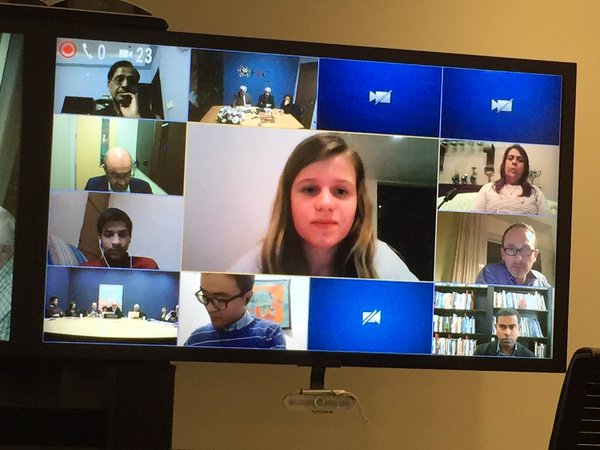(This article appeared in Education Southern Africa, September 2015)
The use of mobile devices to support learning is finally coming of age. While the uptake of mobile phones has been staggering – a full third of South Africans now owns a smartphone – their application in education has, by and large, been limited at scale. Mobile devices, phones in particular, have often been viewed as the antithesis of education. Some educators see them as the centrepiece of the age of “3D”, standing fordigital distraction devices. But this is changing fast.
In 2014, Pearson researched the digital landscape1 and interviewed 510 respondents from the educational sphere. Results showed that 80% of learners have access to a smart phone and that 42% of learners plan to buy educational apps in the next two years. This is closely married to the 46% of teachers who also plan to own educational apps.
The potential that mobile devices offer for learning that happens throughout the day in formal and informal contexts, is available just-in-time, is personal, trackable and complementary of other learning formats, is increasingly evident. No wonder large-scale tablet implementations are on the rise across the country: from the Gauteng Department of Education’s Classroom of the future initiative that aims to replace printed textbooks with tablets and transform all its schools into digital learning institutions by 2018, to the ICT4RED tablet initiative at 26 high schools in Cofimvaba, a deep rural district in the Eastern Cape.
Nevertheless, simply replacing paper with pixels does not mean that the benefits of mobile learning will be realised. One only has to use a few of the tens of thousands of educational apps available to know that they are not all of the same quality. It is crucial, when embarking on the path of mobile learning, to select apps that are based on four key design factors.
Firstly, the design of mobile learning apps should be based on a solid theory of learning. It is not enough to just develop an app with educational content and hope people will find it useful. X-kit Achieve Mobile, an on-the-go revision and practice tool developed by Pearson, incorporates this theory into its design.
X-kit Achieve Mobile was informed by the theoretical framework of Stein and Smith2, which recognises increasing levels of cognitive demands. In practice this meant developing content and quizzes that are layered into difficulty levels, and that challenge the learner to develop the necessary skills to move up through the scaffolds and master each subject topic.
Secondly, it is crucial that when designing a mobile app, the context in which it will be used should be considered. Revision on-the-go is one example. Learners have busy schedules with both curricular and extracurricular activities and they need to be able to do short bursts of practice when they can. Only when mobile learning apps are designed around real users – through focus group, user tests, observations and iterative development – is it possible to optimally leverage the learning opportunity.
The true value of mobile is its ability to track usage and performance, as the apps are used throughout the day. This third consideration ensures that engagement and progress are monitored and can result in reporting on learner strengths and weaknesses. With X-kit Achieve Mobile teachers can set class assignments and draw rich reports on learner performance. Such analysis informs lesson planning and interventions where needed. The self-marked quizzes also save teachers time and can be used as evidence of the informal assessments that are required of all learners.
Lastly, there must be a ‘design for delight’ aspect to learning. Features such as the ability to earn achievement badges, join a leader board and compete against friends, select avatars for your profile, and post scores on Facebook or Twitter, will improve learner engagement. It goes without saying that the content must be fully CAPS-aligned and of the highest quality!
By following these four design principles when choosing an educational app, the full benefits of mobile learning can be realised in your classroom as well as beyond.
To learn more about X-kit Achieve Mobile, visit www.classroomsolutions.co.za/X-kitAchieveMobile
1. Source: Digital Learning Landscape, Schools, 2014.
2. Levels of Cognitive Demands Framework, Stein and Smith, 1998.









